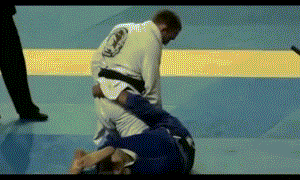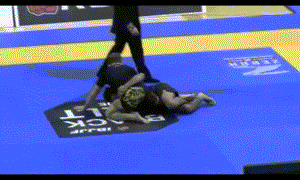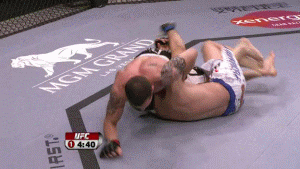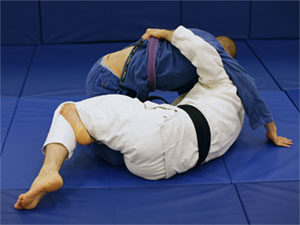How to develop a personal BJJ game plan
First off, I would say at white and early blue belt, your best bet is to just attend group classes, learn about each position and moves from each position and just try to develop a total understanding of BJJ. At this point, you don’t know enough to know what kinds of moves you like and that are right for your body. You also need to refine your technique more; there’s no point in developing complex combinations if you can’t do the first technique correctly.
Once you hit late blue/early purple belt, it’s time to start developing a personal style. At this point, you know how to do a wide variety of moves correctly, but against same or higher level opponents, the first technique never works, because they also know how to do the defense correctly. Now your goal should be to develop a variety of setups and combinations to catch your opponent off guard. If they’re already off balance from defending the first technique, it makes it much harder to defend the second.
Creating combinations with minimal complexity
A naive approach to learning combinations would be to learn a whole bunch of setups and combinations for every different move. This ends up with a very complex network. For example; from mount on top, if I know 5 techniques, and there are 5 defenses to each of those techniques, then I need to know 25 counters, and be able to select the appropriate one very quickly, in order to always be ready to accomplish a 2-move combination. This will take a lot of time and effort.
Here’s the alternative:
From any given position, choose a favorite move. Learn a few different setups for the move. When you roll, always try that move as your first move. Of course, it’s usually not going to work because people expect you’re going to do it, and they develop defenses. For each defense, analyze why/how it stops your move. Then devise a counter such that their defense to the first move helps you do the second move.
e.g. from half guard, I’m always going to try to get the underhook, bump him forward, get up and take him down. If he whizzers and drives really hard into me so I can’t get up, I’m going to go with his momentum and roll him over across me(Plan B). If he does a different defense, I come up with a different counter. Once you’ve been doing this for a while, you have a ready counter for every common defense to your first move.
The benefit of this is that in a relatively short time, you can get good enough that everything you do is at least a 2-move combo.
e.g. if there are 5 major defenses to your move, then you only need to learn your first move and then 5 counters.
Once you’re pretty decent, you can move on to adding more ‘first moves’.
This is a long-term training method; I’m not saying for competition or maximal short term success that it would necessarily be a good idea to always start with the same move, because in the beginning you will be very predictable. But long term, this is a very fast way to learn to put together combinations in live rolling, and the puzzle-solving aspect of it keeps jiu-jitsu interesting.



